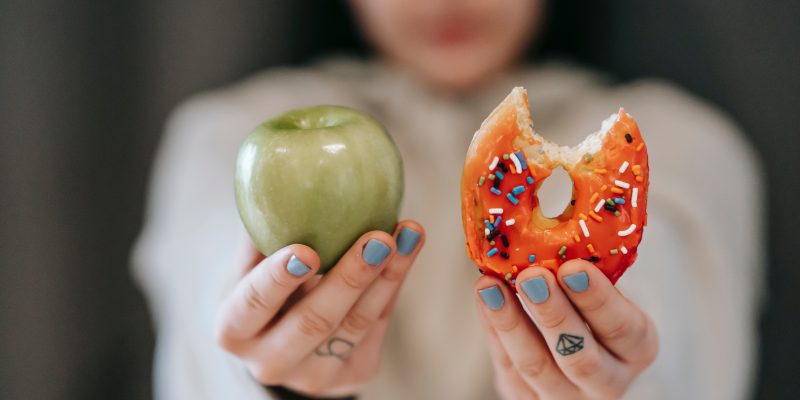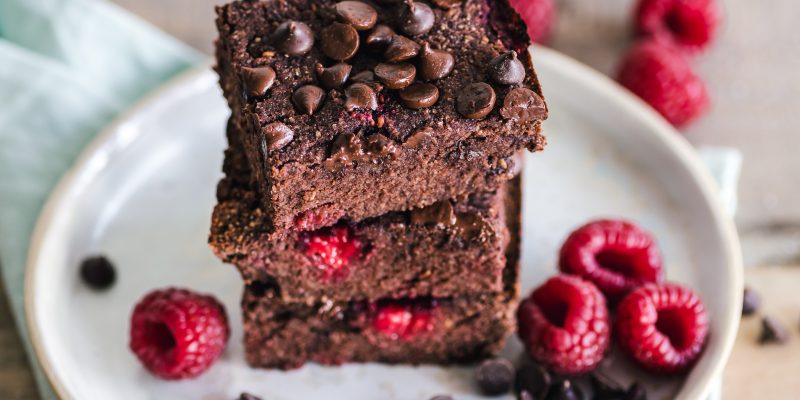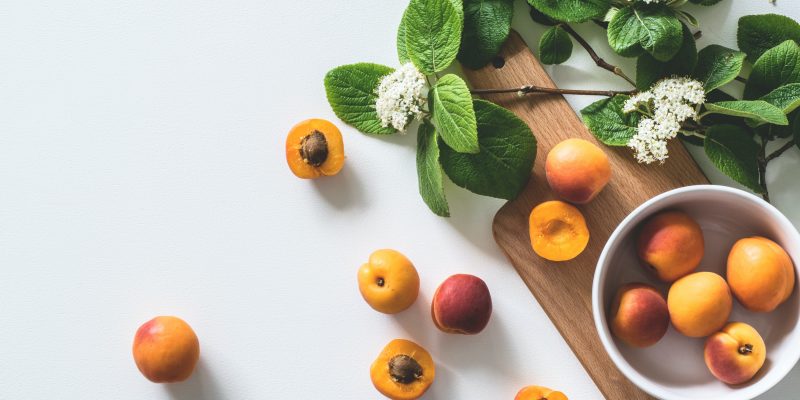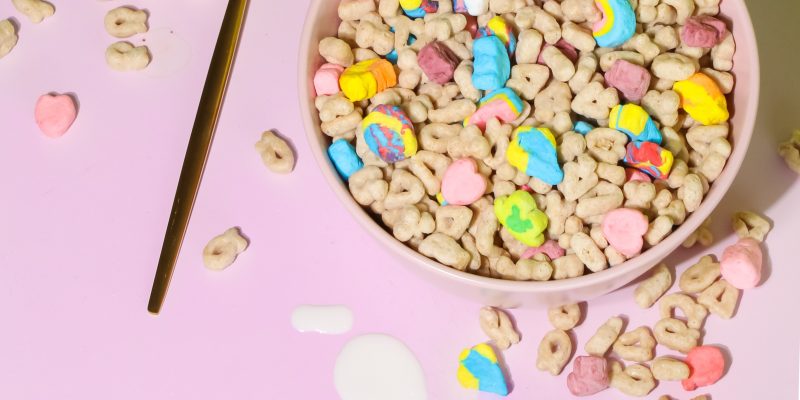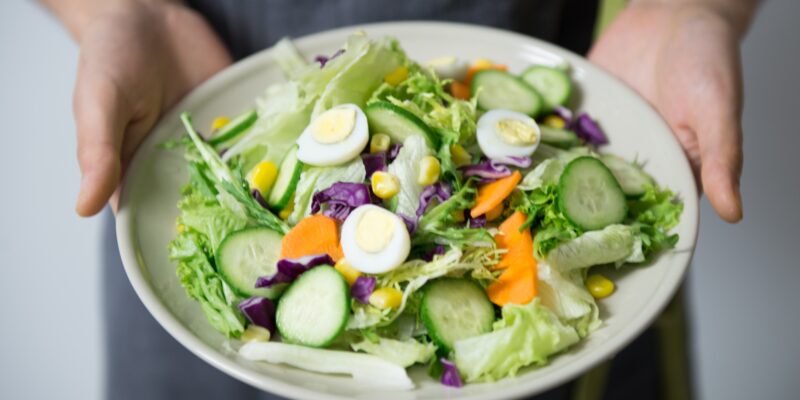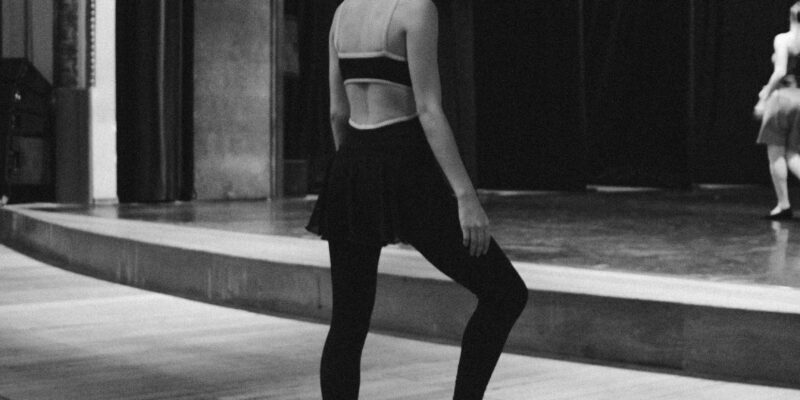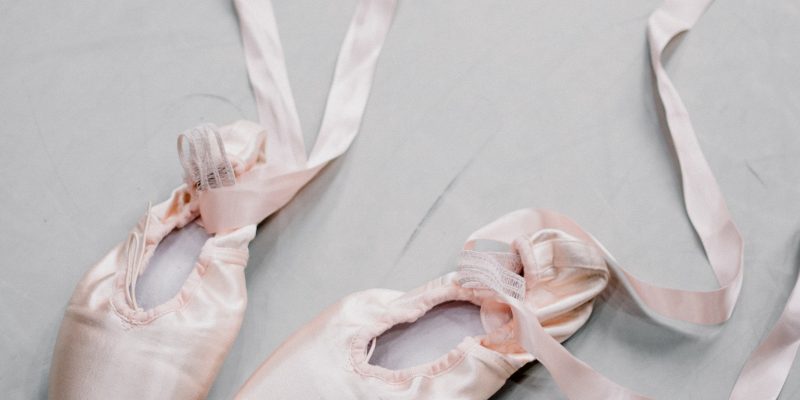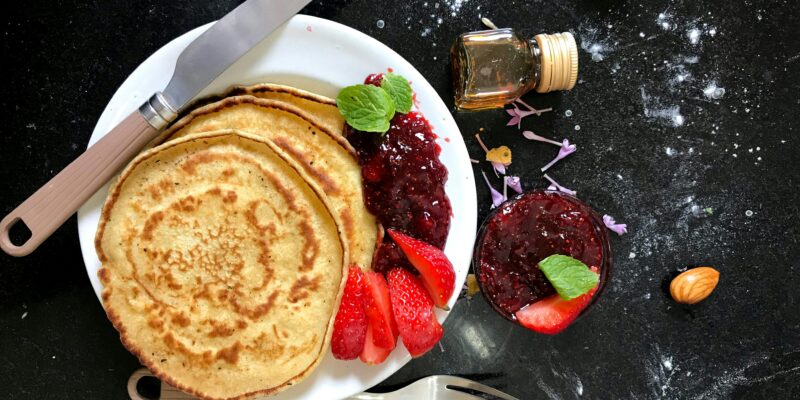When dancers think about cravings, it’s often through a lens of guilt and fear, especially when those cravings involve foods like cookies, fries, or donuts. In this article, we’ll unpack why dancers experience cravings, what those cravings mean, and how to manage them without falling into the all-or-nothing mindset.
Read More...Can Dancers Eat Dessert Every Day?
Many dancers question whether dessert can truly have a place in their daily lives. Can it be part of a balanced, performance-supportive lifestyle? How much is “too much,” and is dessert inherently “bad”? This article will help you navigate dessert decisions and offer a powerful mindset shift, so you can build a relationship with sweets.
Read More...What Does It Mean to Have Unconditional Permission To Eat?
If you’ve felt like intuitive eating isn’t “working” for you, pause and reflect. It’s not that you’re doing it wrong. More often, it’s that you’re still healing from the residue of diet culture: the scarcity thinking, the fear of abundance, the moralizing of food. You need to trust yourself around food. This happens with unconditional permission to eat.
Read More...Dance Parents: Your Role Matters
As a dance parent, your role in fundamental to the success of your dancer’s career. This article provides first-hand experience and 5 key strategies to consider to support your dancer’s passion.
Read More...Dance Parents Share Their Stories: The Reality Behind Raising a Young Dancer
Real dance parents share their honest experiences raising young dancers—from managing injuries and school stress to navigating nutrition and body image in the dance world.
Read More...Dance Nutrition Workshops- Everything you need to know
Nutrition workshops for dancers are a key element of a dance school or company’s training efforts. Nutrition workshops from qualified dietitians are encouraged to combat common challenges that exist for both the dancers and the educators. Learn why evidence-based nutrition education matters for dancers and the signs your studio needs one now.
Read More...Rehydration Therapy for Dancers: When Electrolytes Matter
Not drinking enough fluids— especially during the hot and humid summer months— can impact everything from stamina to flexibility. For pre-professional and professional dancers, a planned hydration strategy isn’t just helpful; it’s essential. This post dives deeper into rehydration therapy: when dancers need electrolytes, what types are best, and how to choose the right supplement for your schedule and sweat rate.
Read More...Hydration for Dancers: A Guide to Staying Fueled and Flexible
Beyond basic health, hydration can impact flexibility, stamina, and focus. Needless to say, proper hydration is essential for performance, recovery, and injury prevention. In this post, we’ll dive into everything dancers need to know about staying hydrated, without the obsession. You’ll learn how to assess your hydration needs, what to drink (and when), and practical tips to fuel your performance throughout dance classes, rehearsals, and intensives.
Read More...The Truth About Cereal and Performance
Breakfast cereals — and carbs in general — can have a place in a dancer’s balanced, performance-supportive diet. In this article, we’ll challenge the myths, explore how cereal can fuel your dancing, and walk through how to optimize your bowl to align with your unique goals, all while enjoying your food, guilt-free.
Read More...What Is Practical Hunger? A Dancer’s Guide to Proactive Fueling
Practical hunger is one of the five hunger cues that dancers can work to identify throughout any given day. Unlike more obvious hunger cues like stomach pains, practical hunger relies on flexible meal planning to prevent extremes. It’s a key tenet of The Healthy Dancer®, and it supports performance, recovery, and overall well-being.
Read More...Dancers and Overeating
If you’re a dancer who feels stuck in a loop of “good” days and “bad” nights, know this: you are not doing anything wrong. You’re likely underfed, overtrained, and emotionally taxed. This article will help you understand why dancers “over-eat,” how that differs from binge eating, and how to stop swinging between feeling extremely in control and completely out of control around food. Spoiler: the answer is rebuilding trust with your body.
Read More...How to spot diet culture: the disguise of “Anti-Diet” and “Food Freedom”
From calorie-counting apps to color-coded food systems, many of today’s so-called “wellness” tools promise to help you eat smarter, manage your weight, or develop healthier habits. But look closer, and you’ll find a familiar pattern: restriction disguised as lifestyle advice. I previously unpacked how clean eating glorifies restriction. I’ve also shared a how-to guide for identifying five red flags of ‘anti-diet food freedom’ fraud. However, while the branding evolves, the harm persists, and this article reveals three key fundamentals you should be aware of regarding these trends.
Read More...Recovery Buy-In: Is Your Dancer Ready for Nutrition Support?
Knowing if a dancer is ready to heal their relationship with food can be confusing. If you’re a parent or dance educator, You’re not alone in asking, “is my dancer ready to heal their relationship with food?” The answer lies in a concept we call buy-in— and it’s more complex (and compassionate) than it sounds. Let’s break down what buy-in means, what it can look like in a dancer, and how to encourage it with patience, compassion, and trust.
Read More...Can Dancers Create A Healthy Relationship with Food?
Your relationship with food is more than what’s on your plate— it’s the foundation of a sustainable, fulfilling dance career. And while “positive” might sound ideal, it can also feel unrealistic— especially if you’re struggling. That’s why I encourage dancers to aim for a working relationship with food: one that evolves, grows, and supports you through every stage of your journey. Here’s a step-by-step guide to help dancers build a healthier, more functional relationship with food.
Read More...Emotional Eating for Dancers: 5 Strategies to Navigate It Without Shame
The act of eating is emotional, and that’s not a flaw. It’s a fact of being human. And for dancers, who exist in high-pressure, body-conscious environments, this connection often runs even deeper. In this article, we’ll explore the #1 reason dancers turn to food emotionally, along with a practical, compassionate roadmap for navigating emotional eating.
Read More...Is Intuitive Eating a Privileged Lifestyle? Let’s Talk About It.
Intuitive Eating isn’t about perfection. It’s about permission. And everyone—everybody—deserves that. At first glance, Intuitive Eating can seem easier for those with consistent access to food and resources, but anyone can adapt its principles to their situation. This article focuses on practical strategies to help anyone build a healthier relationship with food, regardless of personal circumstances.
Read More...5 Steps to Overcome Dancer Burnout and Reignite Joyful Movement
Dancers can feel burn out from a high-pressured environment that is unfortunately coupled with impossible food and body beliefs. In this instance, a dancer’s relationship with movement feels less joyous and more punitive. Learn more about how to prevent dancer burnout.
Read More...Common Myths About Intuitive Eating
Intuitive Eating isn’t a trend. It’s a transformative way to reclaim your autonomy over food and body— and it’s 100% compatible with the demands of a dancer’s life. But despite the growing popularity of the Intuitive Eating lifestyle, misconceptions are everywhere— and they can hold you back from fully embracing this powerful, non-diet approach. This article breaks down the most common myths and sets the record straight as to why you can benefit from the approach alongside performance nutrition.
Read More...Intuitive Eating for Dancers: How to Fuel Performance Without the Diet Mentality
Intuitive eating dancers can coexist with performance nutrition. Dancers learn the basics of the 10 principles of Intuitive Eating and how to start using them today. As you begin to challenge food and body beliefs, you learn how to eat in a way that honors your health to the degree that you choose, not the degree set forth by dancer diet culture. This article will uncover the nuances of intuitive eating for dancers and guide you through the process.
Read More...How to Eat Healthy on a Budget: Practical Tips for Dancers
For many dancers, eating healthfully can feel challenging when income is limited. It is possible, however, to eat healthfully— mindful and respectful of your body’s needs— even on a budget. It doesn’t require expensive food, but rather, a shift in our relationship with it. This article provides actionable tips for dancers who want to nourish their bodies and maintain a healthy relationship with food while sticking to a budget.
Read More...